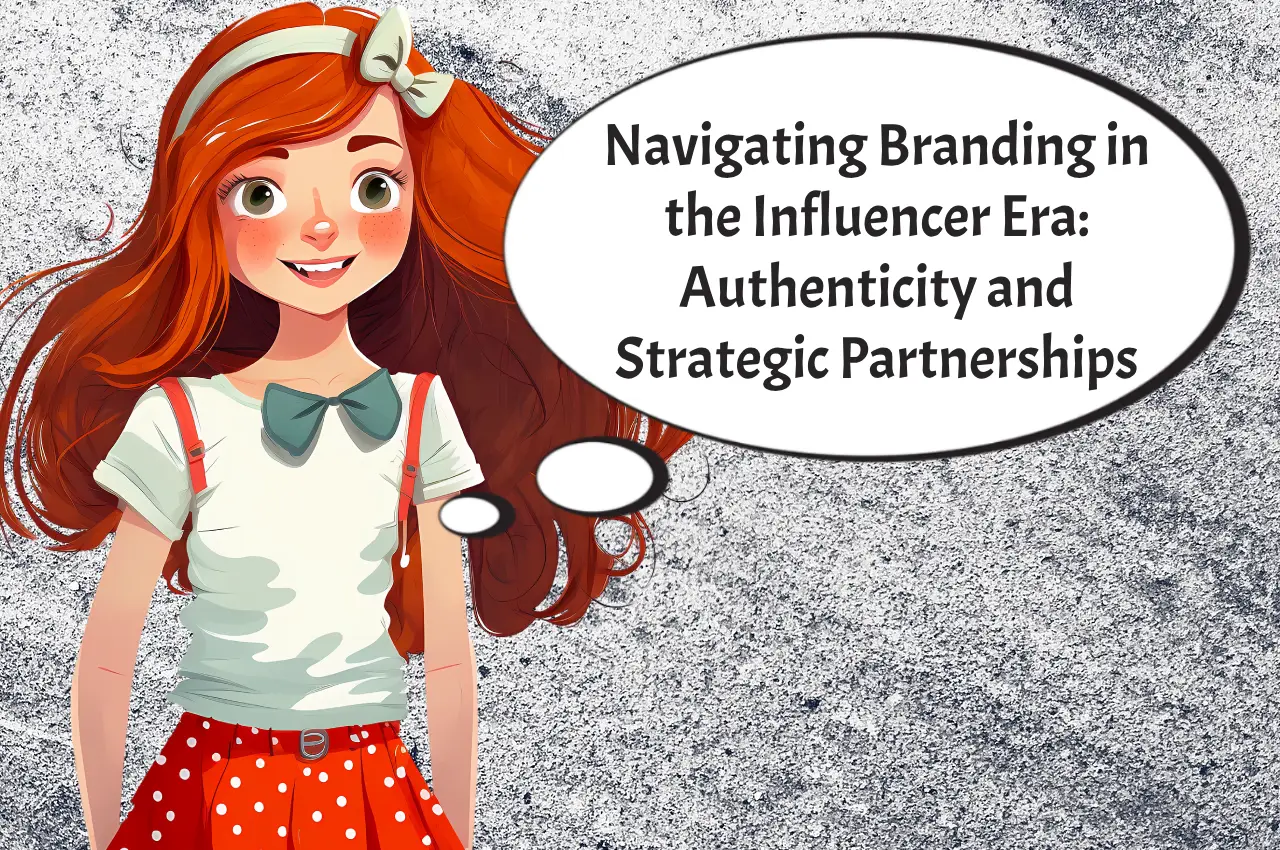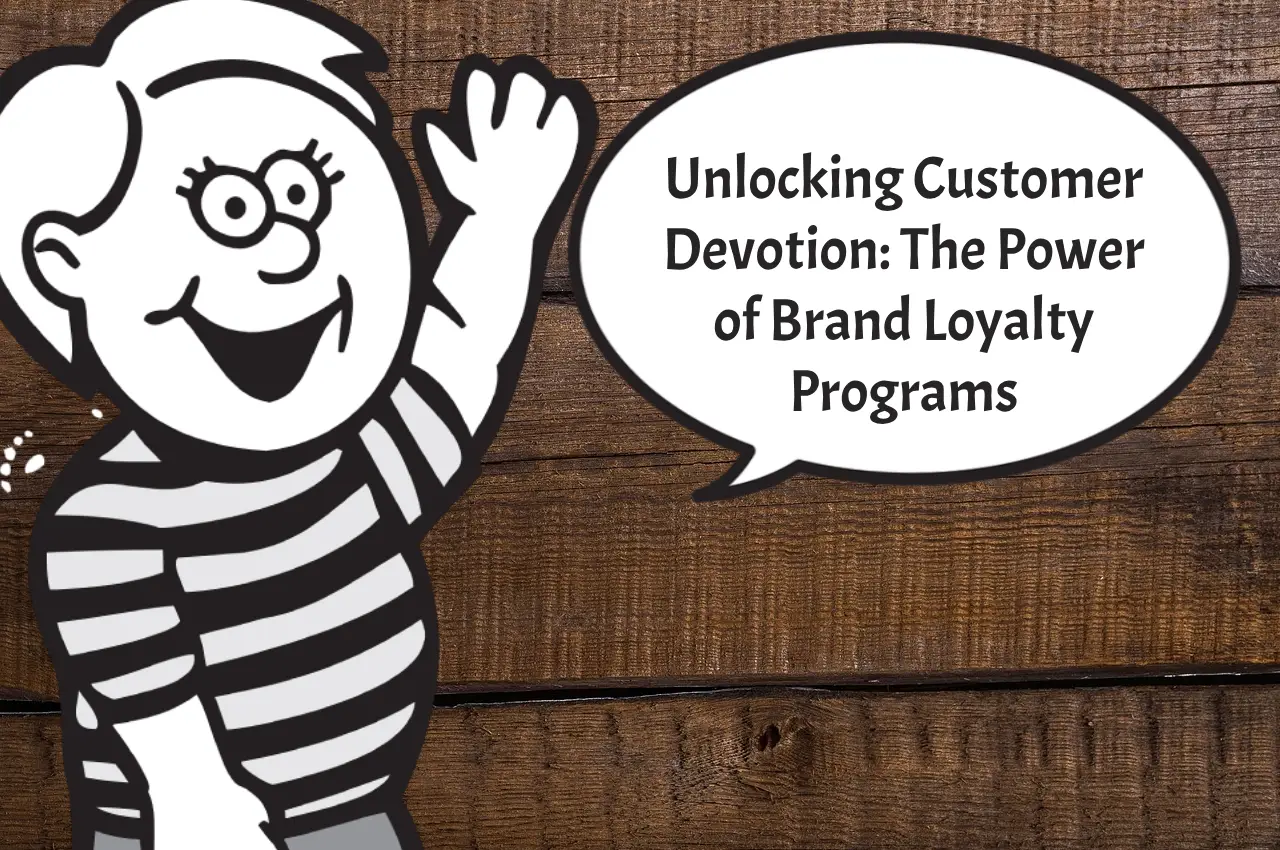In today’s fast-evolving digital landscape, the dynamics of branding have undergone a remarkable transformation. With the emergence of social media influencers, brands are navigating uncharted waters to establish their presence and resonance in the hearts and minds of consumers. Gone are the days of traditional advertising monopolizing the market; now, influencers wield considerable power in shaping consumer preferences and driving purchasing decisions.
The Influence of Influencers
The advent of social media platforms has democratized content creation, giving rise to a new breed of celebrities known as influencers. These individuals amass large followings through captivating content and relatable personalities, earning them significant influence over their audience’s purchasing behavior. From fashion and beauty to fitness and travel, influencers have carved out niches in virtually every industry, offering brands a unique opportunity to reach target demographics with authenticity and impact.
Navigating the Influencer Landscape
Incorporating influencers into branding strategies requires a delicate balance of authenticity, relevance, and strategic alignment. Brands must carefully select influencers. Their values and audience demographics should align with their own. This ensures genuine connections that resonate with consumers. Authenticity is paramount in the age of influencers. Audiences can discern insincerity from a mile away. Brands risk alienating consumers if they fail to uphold genuine partnerships with influencers.
Moreover, brands must recognize the diversity within the influencer landscape. This encompasses macro-influencers with massive followings and micro-influencers with smaller, highly engaged audiences. While macro-influencers offer widespread reach, micro-influencers often boast higher levels of trust and engagement within their niche communities. This presents valuable opportunities for targeted brand exposure.
Diversification of Influencer Platforms
While Instagram remains a dominant force in influencer marketing, brands are increasingly diversifying their platforms to reach new audiences and capitalize on emerging trends. Platforms such as TikTok, YouTube, and Twitch have gained significant traction, offering unique opportunities for brands to engage with younger demographics and niche communities. By embracing a multi-platform approach, brands can expand their reach and connect with diverse audiences through tailored content strategies.
Authenticity Through User-Generated Content
In addition to collaborating with influencers, brands are leveraging user-generated content (UGC) to foster authenticity and trust among consumers. UGC not only provides social proof of a brand’s value and credibility but also encourages consumer participation and engagement. Brands like Airbnb and GoPro have successfully incorporated UGC into their marketing strategies, allowing customers to share their experiences and become co-creators of brand narratives. By amplifying authentic voices and experiences, brands can strengthen their connection with consumers and cultivate a sense of community around their products or services.
Long-Term Influencer Relationships
While one-off influencer campaigns can yield immediate results, brands are increasingly recognizing the value of long-term relationships with influencers. By nurturing ongoing partnerships, brands can deepen trust and loyalty with both influencers and their audiences over time. Long-term collaborations allow influencers to become genuine advocates for the brand, integrating products or services seamlessly into their content in a way that feels organic and authentic. Brands like Adidas and Sephora have established enduring partnerships with influencers, enabling them to maintain consistent brand messaging and engagement while fostering authentic connections with consumers.
Micro-Influencers and Niche Marketing
As the influencer landscape becomes increasingly saturated with macro-influencers and celebrity endorsements, brands are turning to micro-influencers and nano-influencers to reach highly targeted audiences with greater authenticity and engagement. Micro-influencers, typically defined as having between 10,000 to 100,000 followers, possess niche expertise and intimate connections with their followers, making them valuable partners for brands seeking to tap into specific demographics or interest groups. By collaborating with micro-influencers, brands can achieve higher levels of engagement, authenticity, and ROI compared to traditional celebrity endorsements.
Data-Driven Influencer Strategies
In an era of data abundance, brands are leveraging advanced analytics and AI-driven insights to optimize their influencer marketing strategies. By harnessing data on audience demographics, engagement metrics, and content performance, brands can identify the most effective influencers for their campaigns and measure the impact of their partnerships in real-time. Data-driven approaches enable brands to allocate resources more efficiently, mitigate risks, and maximize the ROI of their influencer marketing efforts. Platforms like Hootsuite, Sprout Social, and Influencity provide brands with powerful tools for influencer discovery, campaign management, and performance tracking, empowering them to make data-driven decisions and stay ahead of the competition.
Influencer Transparency and Disclosure
With increasing scrutiny from consumers and regulatory bodies, brands and influencers alike are facing growing pressure to maintain transparency and integrity in their collaborations. The Federal Trade Commission (FTC) and other regulatory authorities have implemented guidelines requiring influencers to disclose paid partnerships and sponsored content clearly. Brands must ensure that their influencer partnerships comply with these regulations to avoid potential legal consequences and safeguard their reputation. Transparency builds trust and credibility with consumers, enhancing brand authenticity and loyalty in the long run.
Authentic Storytelling Across Channels
Brands are moving beyond individual influencer partnerships. They’re embracing storytelling across various channels. This approach helps create cohesive brand narratives that connect with consumers. Brands use social media, email marketing, branded content, and experiential activations for storytelling. These stories aim to evoke emotion, spark conversations, and inspire action. Consistency in messaging and aesthetics across channels is crucial. It reinforces brand identity and values. This consistency also amplifies the impact of influencer collaborations. Authentic storytelling fosters deeper connections with consumers, driving brand affinity and advocacy over time.
Crafting Compelling Collaborations
Successful influencer partnerships extend beyond mere endorsements; they involve collaborative storytelling that seamlessly integrates brands into influencers’ content in an authentic and engaging manner. By fostering genuine relationships with influencers, brands can leverage their creativity and authenticity to create compelling narratives that resonate with audiences on a personal level.
For instance, consider the partnership between fitness apparel brand Nike and renowned athlete and influencer Serena Williams. Rather than simply endorsing Nike products, Serena Williams collaborates with the brand to share her personal journey and passion for fitness, inspiring audiences worldwide to embrace an active lifestyle. Through authentic storytelling and genuine enthusiasm, Nike not only enhances its brand image but also establishes a meaningful connection with consumers.
The Evolution of Brand Loyalty
In the age of influencers, brand loyalty is no longer solely driven by product quality or brand reputation. It is increasingly influenced by the relationships and experiences that brands cultivate with consumers through influencers. By aligning with influencers who embody their brand values and resonate with their target audience, brands can foster genuine connections. These connections transcend transactional relationships.
Take, for example, the skincare brand Glossier. Glossier has built a cult following through its authentic engagement with influencers and consumers alike. By prioritizing community-building and user-generated content, Glossier has fostered a sense of inclusivity and belonging among its audience. This approach has transformed customers into brand advocates who eagerly share their Glossier experiences with others.
The Future of Branding in the Influencer Era
As the influence of influencers continues to grow, brands must adapt their strategies. This ensures they remain relevant and competitive in the digital landscape. Authenticity, relevance, and strategic partnerships are essential pillars of successful branding. These elements help brands forge meaningful connections with consumers. They also help brands stand out amidst the noise of social media.
The rise of influencers has revolutionized the branding landscape. It offers brands unprecedented opportunities to connect with consumers. These connections are often authentic and meaningful. By embracing the power of influencers, brands can prioritize authenticity in their partnerships and storytelling. This helps them navigate the complexities of modern marketing and thrive in the influencer era.
What are your thoughts on branding in the age of influencers? Share your insights and experiences in the comments below!





